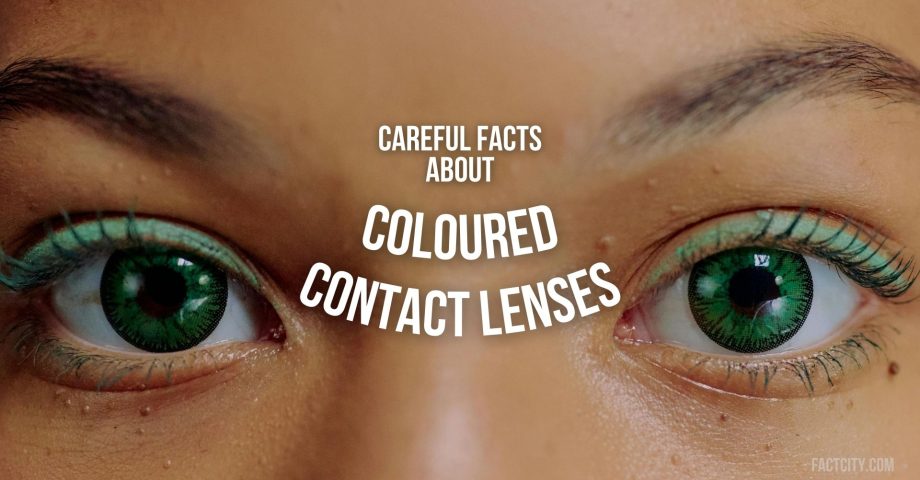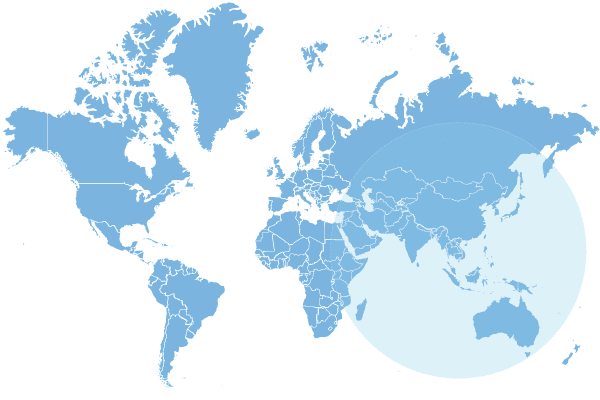Contact lenses are very popular eye care products across Europe. According to a recent report by the European association of the contact lens and lens care industry, EuromContact, nearly 7% of the population aged 15 to 64 use contacts. In the UK, similar studies suggest over four million Brits regularly use contact lenses, too.
Among the reasons why contacts are so popular, aside from their streamlined and hassle-free format, is their aesthetic appeal. In particular, coloured contacts are a go-to for many who want to change or enhance their eye colour. Since these contacts can come in a variety of tints and hues, ranging from more natural colours to otherworldly designs, many like to use them both for everyday wear and special occasions. That said, there is more than meets the eye when it comes to coloured contacts. Beyond just mere accessories, here are a few important facts about these medical devices that everyone should know.
Coloured contacts can also be corrective
Contrary to what some may think, coloured contacts are not just for visual appeal. Instead, when you look at coloured contact lenses online from trusted retailer Vision Direct, you’ll see that there are actually many brands that offer vision correction as well. Among the most common refractive errors that coloured contacts can address include myopia, hyperopia, and astigmatism. Some brands even offer options with special properties. For instance, Alcon makes use of a special hydrating technology that aids in ocular lubrication. This is additionally helpful for those with related eye struggles, like dryness, which can be a stand-alone concern or a symptom connected to other vision problems like near-sightedness. For some people, wearing contacts, including coloured ones, can even result in better treatment outcomes since they offer a seamless field of vision with the right prescription.
Coloured contacts still require prescriptions
Although marketing for coloured contacts often downplays their medical device status, they still do require prescriptions. Per care provider Lenstore, this is a requirement across the entire UK, regardless of whether you’re using them for vision correction or not. This is because a contact lens prescription ensures that they’ve been correctly fitted to the user’s eyes. Note that everyone’s eyes are at least a little different, so a generic pair of contacts may be uncomfortable. In worst-case scenarios, ill-fitting contacts can even cause some ocular damage should they cause corneal irritations. To get your own prescription, you can start with your regular eye exam. These are led by ocular professionals who can study your current eye state before suggesting relevant solutions. As such, they can also measure your eyes and find you the appropriate coloured contact lens type and fit.
Coloured contacts require just as much maintenance
As medical devices that sit right on the eye, coloured contacts still require special maintenance considerations for safety and integrity. Primarily, you don’t want to keep them in for longer than they’re meant to be used. Even among more cosmetic brands, this should be clearly indicated anyway. For instance, the manufacturer Freshlook, which is known for its more natural lens colours, has a specific line of daily disposables called One-Day Colour. Following this, coloured contacts should also be sanitised with the same care as regular prescription lenses. Since these are used inside the body, failing to do so can cause serious ocular risks. Just recently, a popular influencer from the US warned the public about not getting their contacts wet with regular water. This came following her own experience of getting an eye infection after showering with her contacts. If in doubt, you can always refer to your doctor and the contact maker’s care instructions.
Do you know any fun facts about coloured contact lenses? Share them in the comments below!










